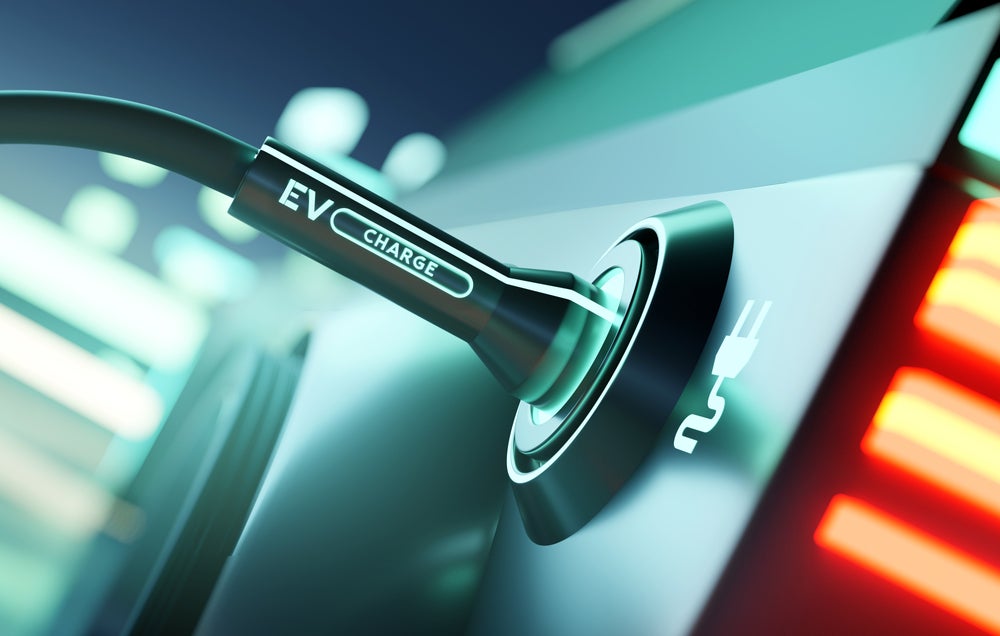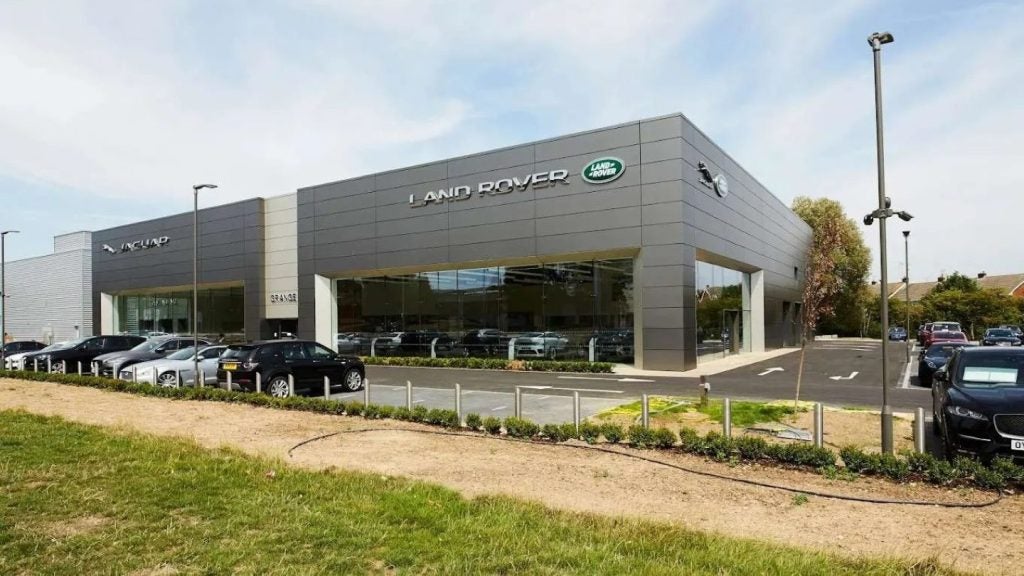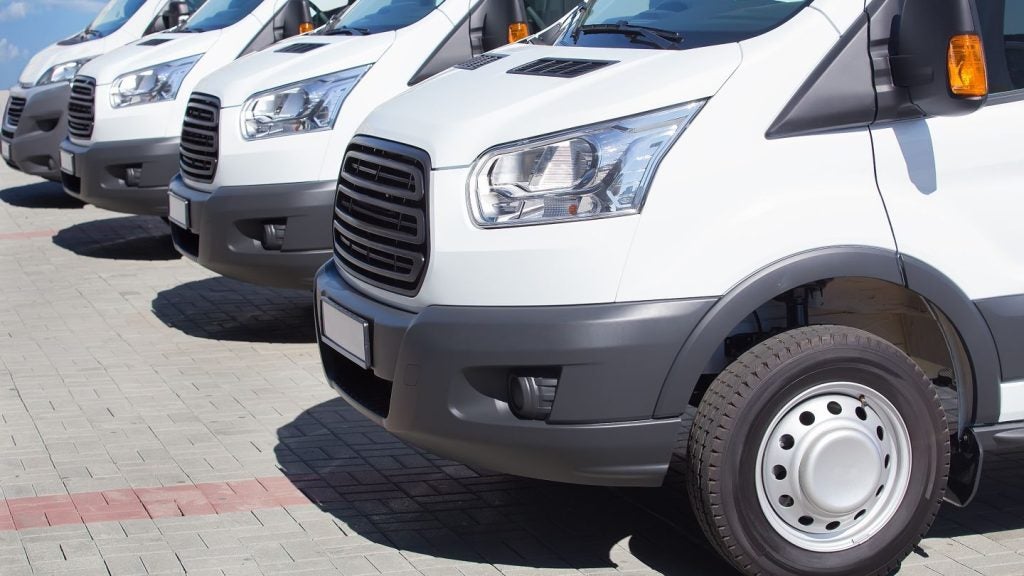
As governments push for the adoption of EVs through stricter emissions regulations and incentives, the auto market faces unexpected shifts. Motor Finance Online editor, Alejandro Gonzalez, spoke to Auto Trader’s James Standing ahead of his talk at the Motor Finance Europe Conference 2024 in Frankfurt on 17 October, to find out what’s going on.
The transition from internal combustion engines (ICE) to electric vehicles (EVs) represents one of the most significant shifts in the automotive industry’s history. Governments worldwide are enacting stricter emissions regulations and offering incentives to promote EV adoption. This regulatory push is forcing manufacturers to ramp up EV production. However, this transition has led to unexpected market dynamics in the UK and the EU.
Under normal circumstances, the phasing out of petrol and diesel vehicles would be expected to lower their values over the long term, while EVs, as the technology of the future, should see their residual values (RVs) rise. But according to James Standing, Finance & Leasing Development Director at Auto Trader, the reality is quite different in today’s topsy-turvy post-COVID market.

“What we are seeing today,” says Standing, “is that manufacturers are aggressively pushing EVs to meet zero-emission vehicle (ZEV) regulatory targets. This has led to an influx of supply, with so many new EVs being produced that buyers are struggling to digest what the best models for them are, causing a level of paralysis and causing many car buyers to stick to what they know – ICE vehicles. This is dampening demand for EVs and driving down residual values.”
RVs are critical in the motor finance sector, as they help risk management teams estimate a vehicle’s value at the end of its lease. In late 2022 and through 2023, EV RV’s declined faster than the market expected, while the RVs of petrol and diesel vehicles remained robust, ahead of analysts’ expectations. Standing explains this is largely because the supply of ICE vehicles is decreasing, yet consumer demand for these cars remains solid. This limited supply and sustained demand are pushing up their values.
Combined with the fact that retailers are also sticking to what they know, particularly independent retailers, where they are hesitant to stock EVs. Recent Auto Trader research has shown that only 20% of independent retailers are stocking electric cars, which needs to change fast if we are to support mainstream adoption.

US Tariffs are shifting - will you react or anticipate?
Don’t let policy changes catch you off guard. Stay proactive with real-time data and expert analysis.
By GlobalData“Many consumers who were expected to transition to EVs are still focused on ICE vehicles, creating a worse then expected RV situation,” says Standing. This dynamic has wider implications for financing volumes, with low EV demand posing challenges for lenders and funders.

Factors impacting EV demand
New car demand, especially for EVs, is suffering, Standing notes, and this can be attributed to two main factors. Despite a growing number of more affordable EV models, the list price of EVs in the UK remains roughly 40% higher than comparable ICE vehicles and is very similar across Europe. While manufacturers and lenders are offering incentives and subsidies to bolster EV sales, these efforts have achieved limited success in bridging that overall price gap on brand-new vehicles.
One reason for the lagging demand, according to Standing, is the pressure on manufacturers to meet stringent ZEV mandates.
In the UK, legislation requires increasing EV sales, with a target of 22% for 2024, rising to 80% by 2030. While some brands, especially pure-play EV manufacturers, are on track to meet these goals, legacy automakers like Ford and Vauxhall are struggling to keep pace.
Standing explains that while EV RVs have dropped significantly over the past year, they are now beginning to stabilise. Nonetheless, the gap between EV and ICE RVs after three years can be substantial, with a difference of £10,000 to £15,000 in some cases. This disparity has a tangible effect on monthly payments for Personal Contract Purchase (PCP) and Hire Purchase (HP) agreements, making EVs even less competitive from a consumer’s perspective.
Despite these challenges, Standing is optimistic about certain models. “It’s not all bad news,” he says. “Some EV models are performing exceptionally well in terms of RVs, the devil is in the detail, and we encourage any business to use data to help them manage this risk.”
From a used car buyer’s perspective, with EV prices falling drastically over the last couple of years, there is light at the end of the tunnel. In many cases, a three-year-old EV is now at parity or even more affordable than the ICE equivalent, which can be seen with many premium and volume models, Standing says.
“For example, an electric Jaguar I-Pace is now cheaper than the equivalent E-Pace ICE vehicle, at three years old based on what we are seeing in our data and on our marketplace.”
Another factor suppressing EV demand is widespread misinformation from some segments of the UK media. “We’re seeing plenty of negative press that’s factually inaccurate or just outright untrue,” says Standing.
“Things like ‘EVs are so heavy they make car parks collapse,’ people believe these stories, and we’re finding it’s impacting demand,” he said about AutoTrader’s consumer research. “We’re doing what we can to help consumers understand the facts, but it’s difficult to get cut-through in such a busy market where everyone has an opinion,” he says.
Other industry figures I spoke to ahead of October’s conference were also of the same mind, with some suggesting that certain journalists and editors in British newspapers may be engaged in campaigns to harm the public perception of EVs by disseminating false information, possibly influenced by fossil fuel interests. “There’s no reason to lie about these things unless there’s a financial reason to do so,” a source said. Another suggested that segments of the right-wing press were behind an anti-EV agenda.
Findings on consumer behaviour
Standing will present new research at the upcoming conference. “We asked consumers who didn’t choose an electric vehicle (EV) for their most recent car purchase whether they would consider one next time. Notably, 34% — just over one in three — said they would.”
When asked why they hesitated to buy an EV this time, the responses were telling. Concerns about battery degradation and charging infrastructure, rather than the previously dominant issue of range anxiety, were cited by respondents, despite limited evidence supporting these fears.
“We’re doing what we can to dispel myths by highlighting the facts and sharing our findings,” he says.
In addition to a discussion about RVs, the ZEV mandate and myth-busting, Standing’s address at the Motor Finance Europe Conference will also touch on the digitisation of the car industry, the evolution of online purchasing habits, and the various stop-start and full-steam-ahead agency sales models approaches particularly from European manufacturers.
Dubai floods highlight climate change’s impact on motor leasing
EU slaps import duties on Chinese EVs amid growing competition concerns







